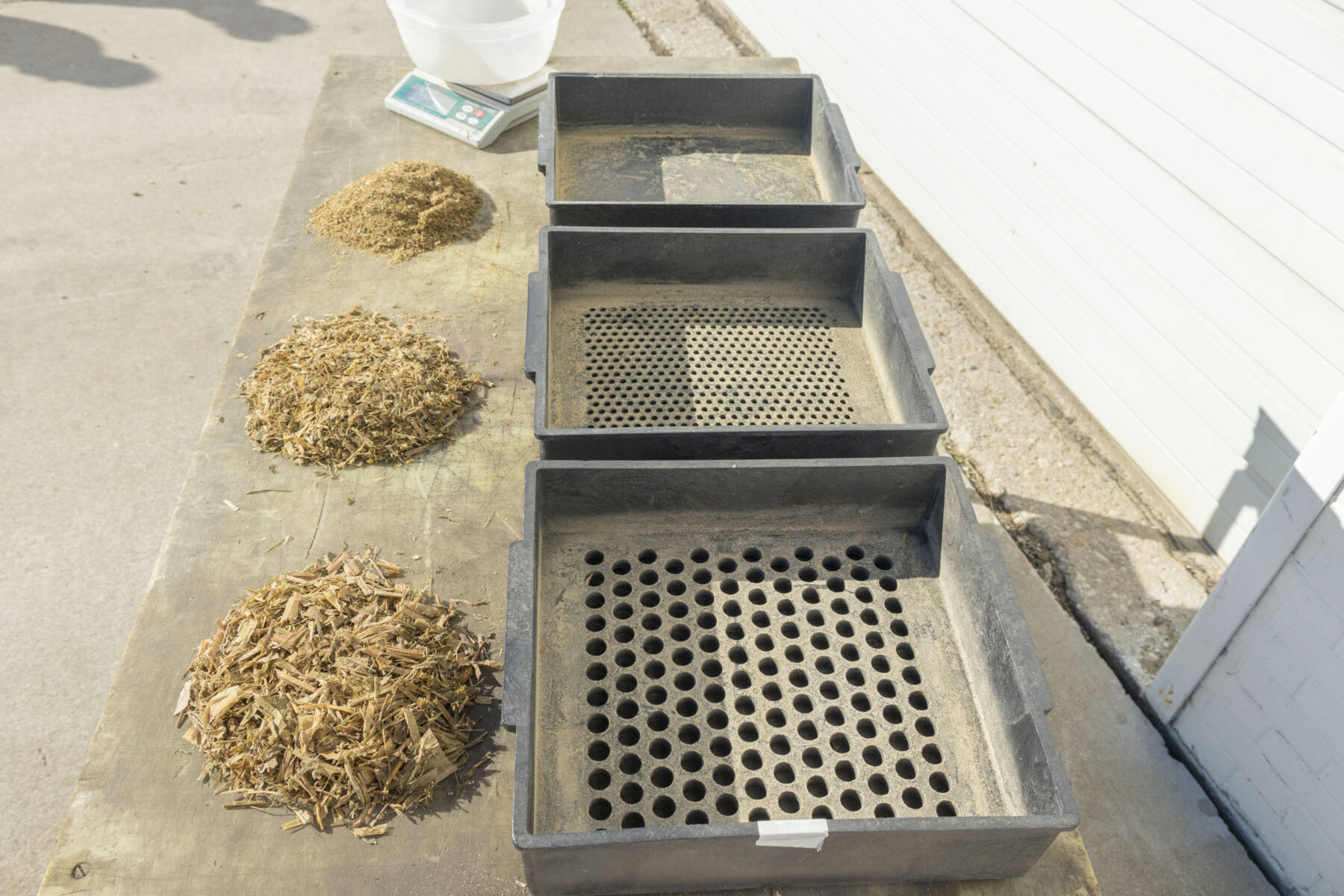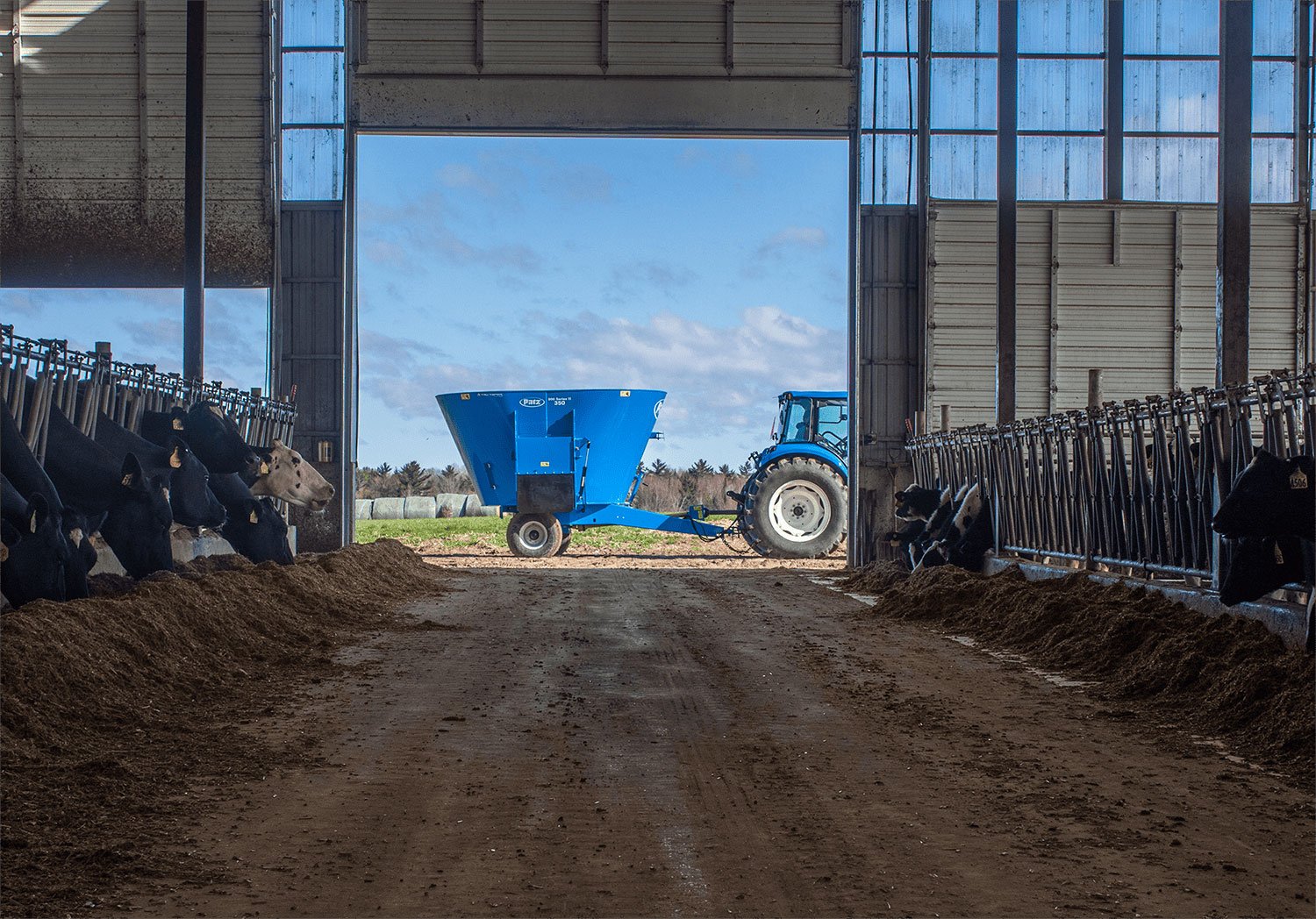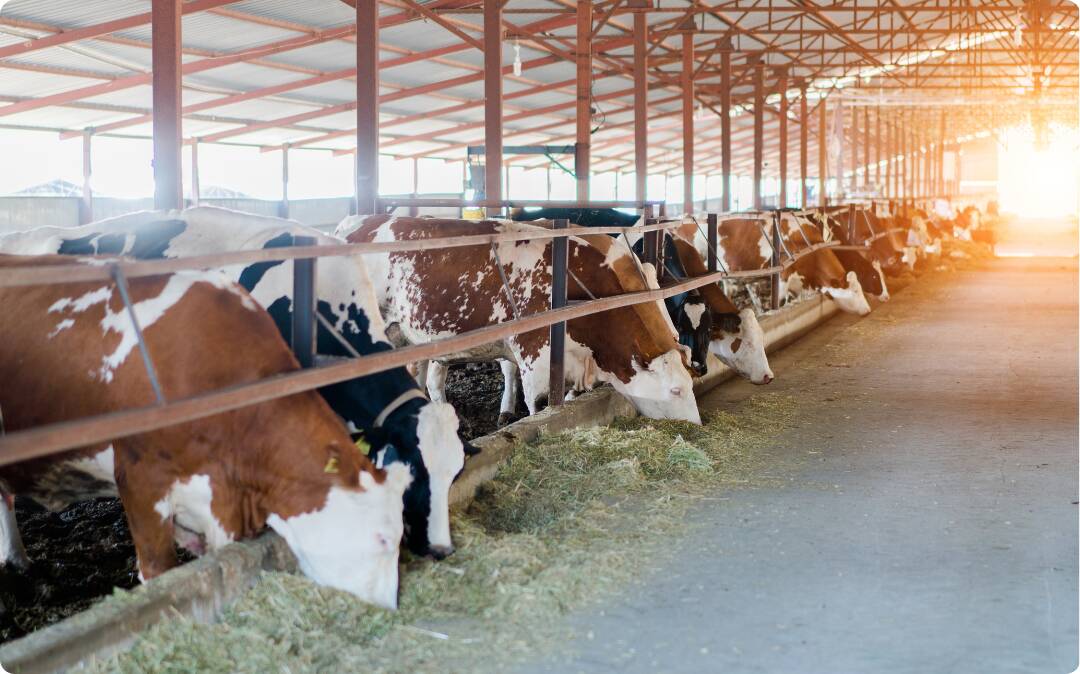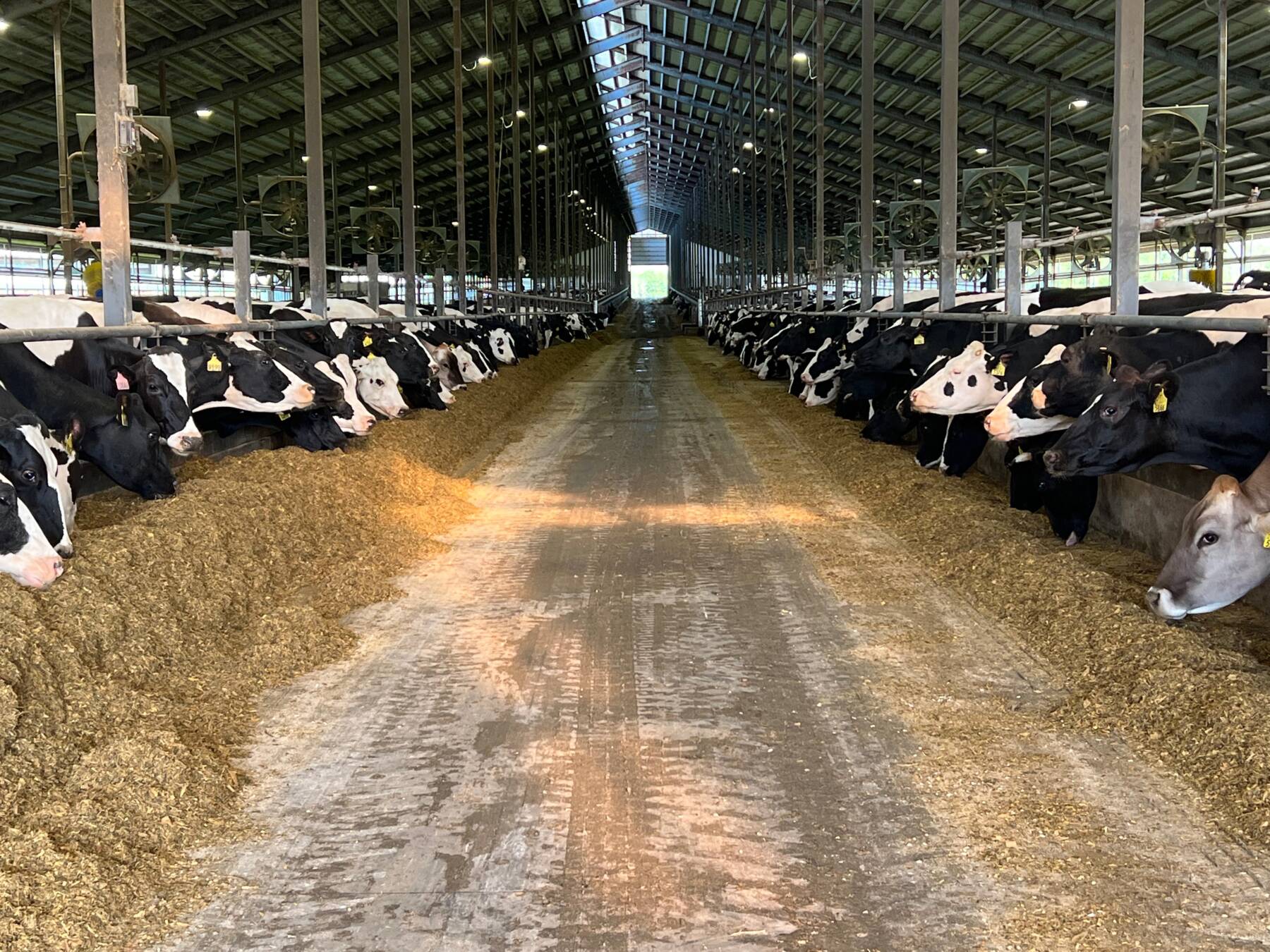
10 Common Myths About Vertical TMR Mixers in the Dairy Industry
When it comes to feeding dairy cattle, vertical TMR (Total Mixed Ration) mixers have become standard equipment on many farms. However, misconceptions about these machines persist, potentially preventing dairy producers from maximizing their feeding program efficiency. Let’s separate fact from fiction regarding these important pieces of equipment.
Myth #1: All Vertical TMR Mixers Perform Similarly

Many dairy producers believe that one vertical mixer is essentially the same as another. In reality, significant design differences between manufacturers affect mixing quality, processing time, and overall performance. Factors like auger design, tub construction, and
knife placement can dramatically impact how well ingredients are processed and blended.
Myth #2: Vertical Mixers Cannot Process Long-Stemmed Hay Effectively
A common misconception is that vertical mixers struggle with long-stemmed forages. Modern vertical mixers are specifically designed to handle various forage lengths, including long-stemmed hay. The key is proper loading sequence, mixer knife selection and placement, and allowing adequate processing time for optimal results.
Myth #3: Vertical Mixers Require More Horsepower Than Horizontal Mixers
Some believe vertical mixers demand significantly more power than horizontal alternatives. While vertical mixers do require appropriate horsepower to function effectively, many modern designs have become increasingly efficient. The actual power requirements depend on factors such as batch size, ingredients, and processing needs rather than mixer orientation alone.
Myth #4: Vertical Mixers Always Overmix Rations
There’s a persistent belief that vertical mixers inevitably overmix feed, potentially reducing particle size too much. While overmixing can occur with any mixer type if used improperly, today’s vertical mixers offer improved control over processing time and intensity. Proper operator training and following manufacturer guidelines can prevent overmixing issues.

Myth #5: Vertical Mixers Are Too Expensive for Smaller Operations
Many smaller dairy producers assume vertical mixers are beyond their budget. However, various sizes and configurations are available to match different herd sizes and feeding programs. When considering the potential feed savings, improved milk production, and labor efficiency, vertical mixers often provide positive return on investment even for smaller operations.
Myth #6: All Feeds Must Be Precisely Weighed for Vertical Mixers
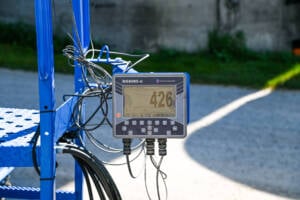
While accurate ingredient weighing improves ration consistency, some believe vertical mixers require more precise weighing than other systems. In truth, the importance of accurate weighing applies to any TMR system. Modern vertical mixers actually help improve mix uniformity once ingredients are added, regardless of minor weighing variations.
Myth #7: Vertical Mixers Create More Feed Waste
Some dairy producers worry that vertical mixers generate excessive feed waste compared to other systems. When properly operated and maintained, today’s vertical mixers can actually reduce waste by creating a more uniform mix that discourages selective eating by cows. This results in less sorting and potentially less feed refusal.
Myth #8: Vertical Mixers Require Extensive Maintenance
The belief that vertical mixers need constant maintenance keeps some producers hesitant. While all farm equipment requires regular care, modern vertical mixers are designed for durability and straightforward maintenance. Following manufacturer-recommended service schedules typically prevents major issues and extends equipment life.
Myth #9: Vertical Mixers Cannot Create Consistent Rations
Some producers question whether vertical mixers can deliver consistent rations day after day. When operated correctly, vertical mixers can produce remarkably consistent results. The vertical auger design actually promotes thorough mixing as feed moves up the center and cascades down the sides, creating a uniform blend throughout the batch.
Myth #10: Vertical Mixers Are Difficult to Operate
A final misconception is that vertical mixers have a steep learning curve. While any equipment requires some training, most operators quickly become proficient with vertical mixers. Many modern units feature user-friendly controls and monitoring systems that simplify operation and help ensure consistent results.
Understanding the truth behind these common myths can help dairy producers make more informed decisions about their feeding equipment. Vertical TMR mixers continue to evolve with new features and improvements making them valuable tools for efficient dairy operation.


